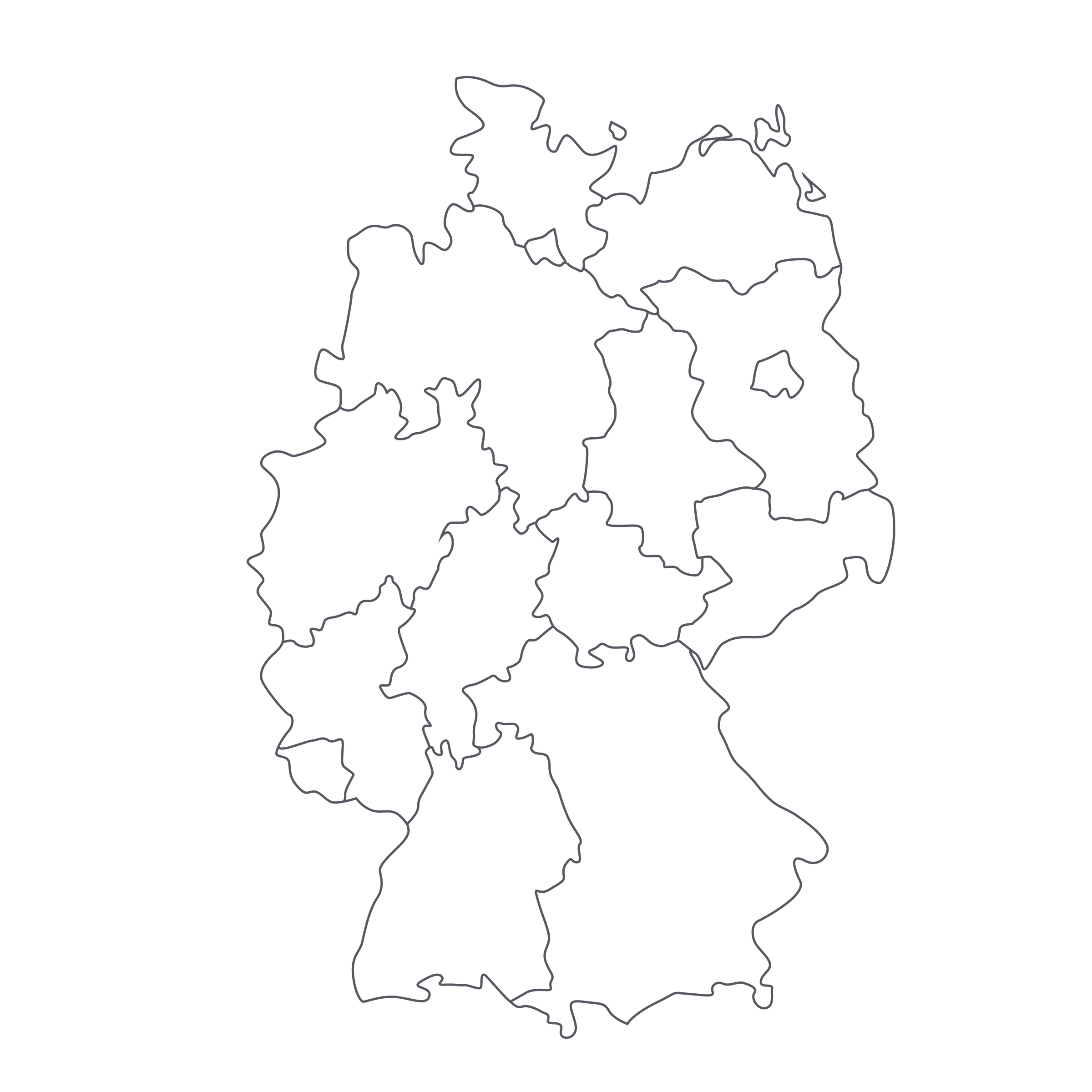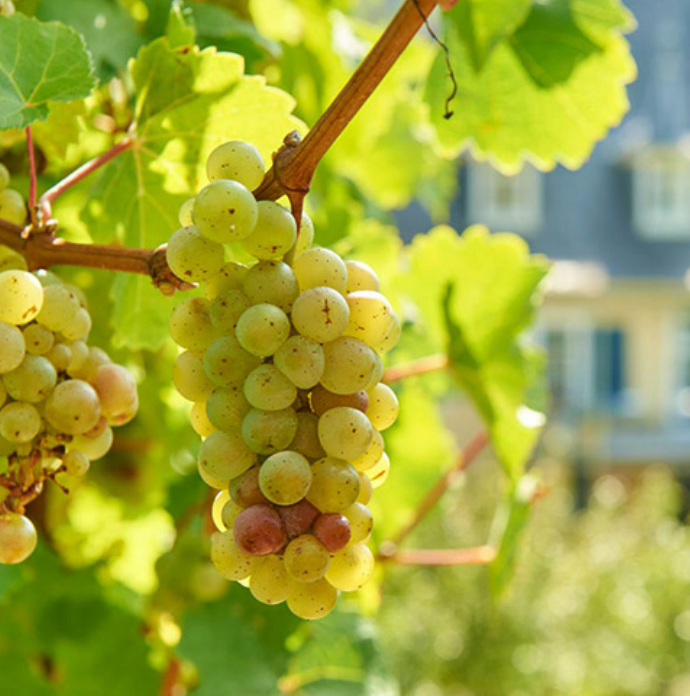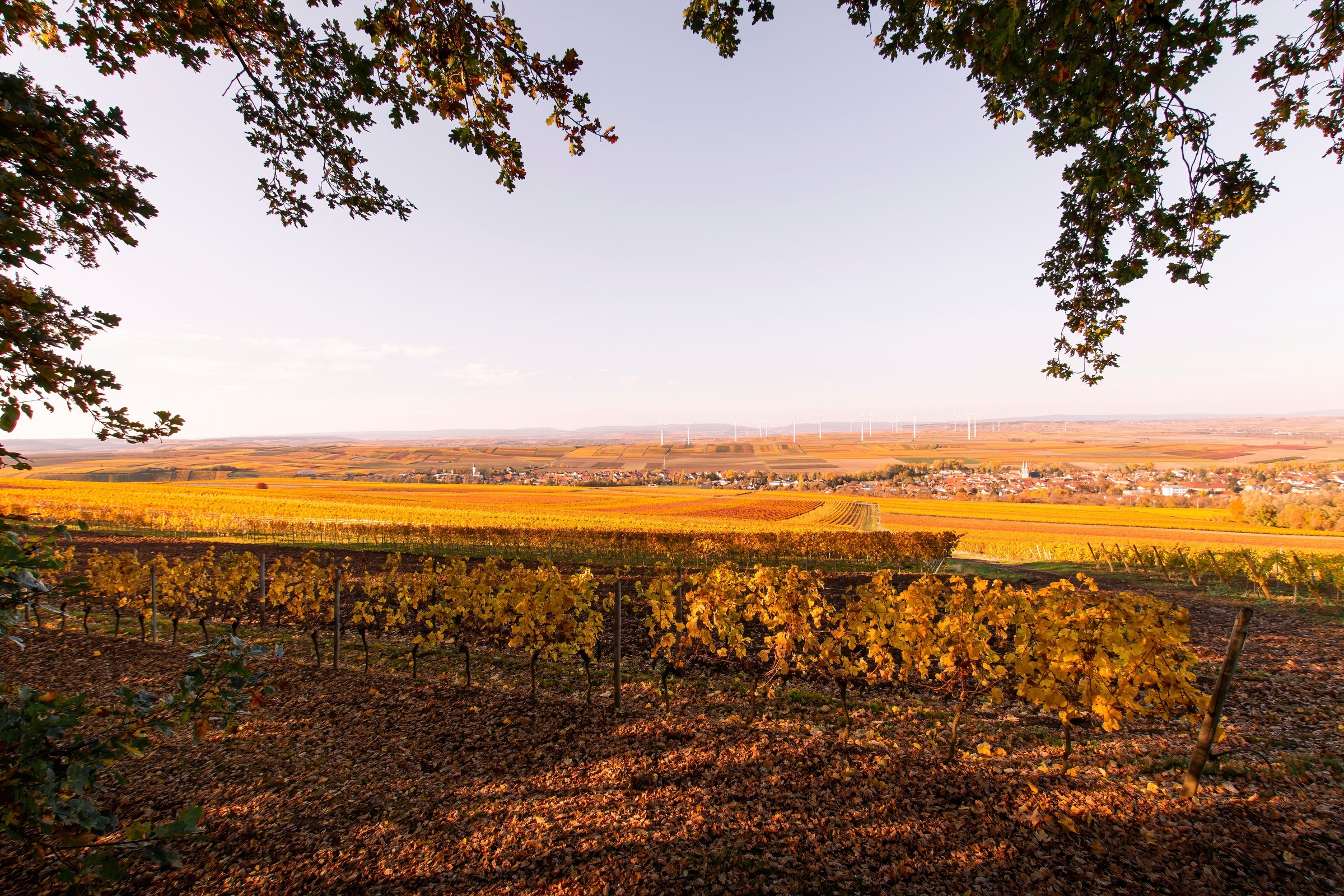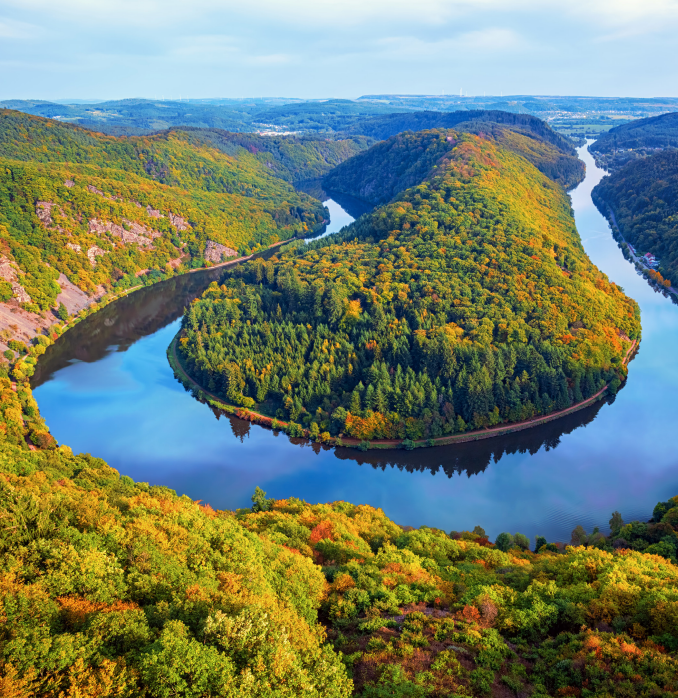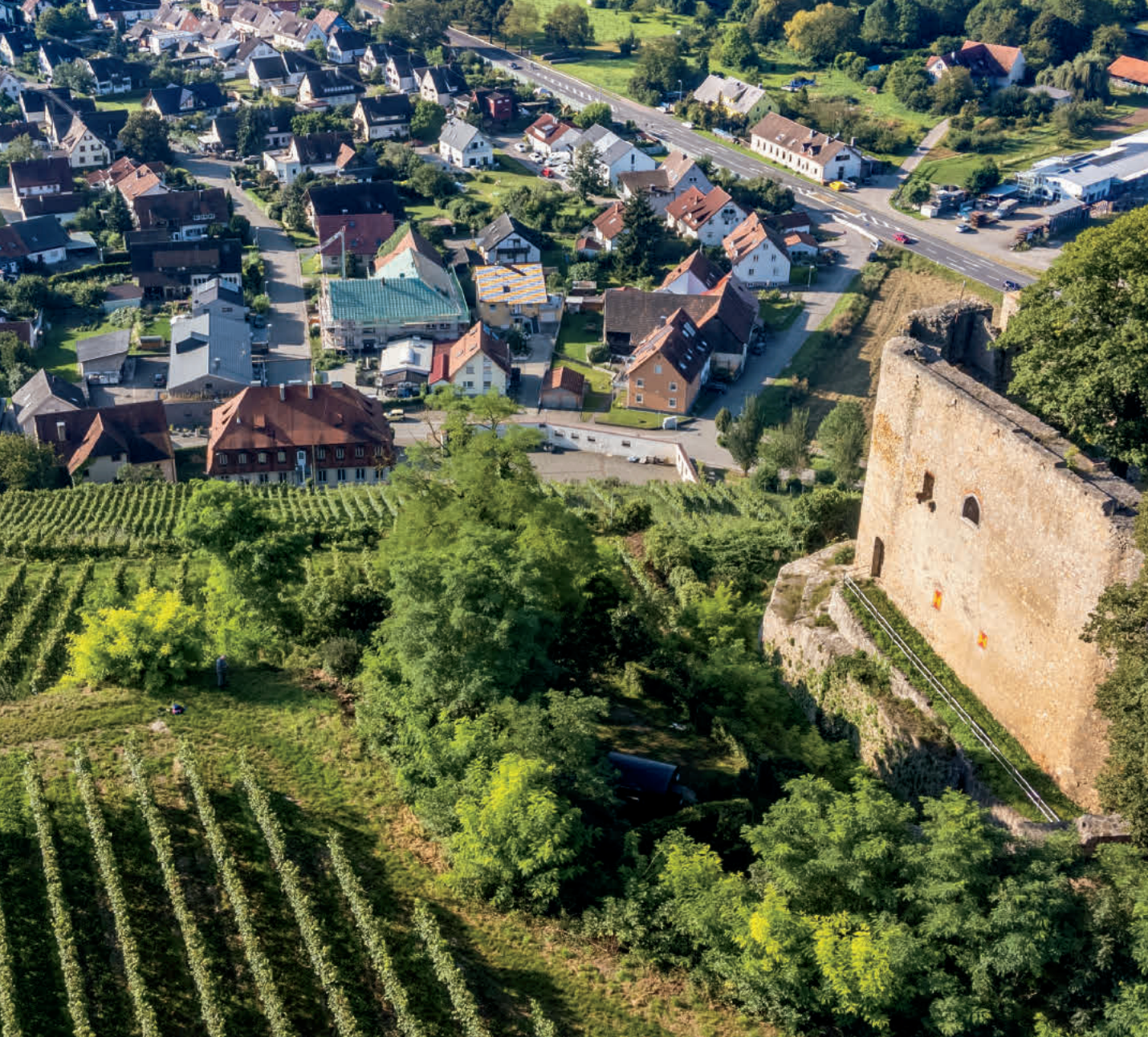We will never stop beating the drum for German Riesling. And that goes for all styles. You’ve heard us declare time and again that, pound for pound, it’s Deutschland’s greatest gift to the wine world. Bollig-Lehnert’s 2020 Spätlese trocken proves that to no end.
Harvested later for more concentration but fermented entirely dry, their “Dhroner Hofberger” Riesling shows off yet another wild dimension of this kaleidoscopic and exotic grape. It’s evocative, enchantingly mineral, thirst-slaking, and just an incredible steal at $30. Where else can you find a white wine from a Grand Cru-equivalent vineyard that’s laboriously farmed by hand? Or a wine that can match its extreme versatility at the table? Or one that can age a decade? There aren’t many contenders out there, to be sure, but they all probably have Riesling in their names! Enjoy this treat—you’re currently the only one in America with access to it!
Founded by Günter Bollig & Josepha Lehnert in 1960, Bollig-Lehnert is a name likely unknown to most people, largely due to the small production of this family-run estate. However, family records indicate that their ancestors were crafting Riesling here way back in the 1600s! Prior to their marriage, Günter Bollig had vineyards in the town of Trittenheim and Josepha Lehnert owned vineyards in both Dhron and Piesport. Upon saying their vows, their surnames and vine holdings merged. Today, Stefan Bollig and his wife run this humble estate and its modest 18 acres. All three aforementioned towns follow a contiguous vertical line down the Mosel river and Bollig’s vineyards are situated on vertiginous slate slopes. Despite their tiny size, the Bolligs have made heavy financial investments, making sure to tend their vines by hand and extract only the purest juice in the winery with the addition of new stainless steel equipment.
One of the vineyards of prominence in the sleepy river town of Dhron is Hofberger, a time-honored site recognized as one of the Mosel’s prestigious Grosse Lages, Germany’s take on a “Grand Cru” vineyard. Bollig-Lehnert’s little sliver of south/southeast-facing vines here are buried in a colorful mixture of weathered blue Devonian slate and they make sure this ancient terroir (the Prussians noted its extraordinary quality in the 1800s, and Roman wine artifacts have been found nearby) is aerated via gentle plowing. This is all the more remarkable when learning that the steep slopes of the vineyard can reach up to 60°! Accordingly, mechanization is nearly impossible which is why large swaths of the vineyard were abandoned in the 1970s and 80s. That’s why vines here tend to be on the older side, with some parts remaining ungrafted.
The end result of this incredible raw material is a supple and charming wine full of mineral character. Wines from Dhron, as in nearby Piesport, tend to be open and engaging, with less rigidity and backbone than their Mosel neighbors. Not to say that the wines lack depth or stature—nothing could be further from the truth! In a cooler, concentrated vintage such as 2020, the ripe, mouthwatering acids frame white peach, honeysuckle, and lime zest that’s balanced by struck flint, savory herbs, and classic petrol notes. Brûléed citrus, honeysuckle, and earthy miso notes add interest and remind you why the Hofberg is one of the great sites for Riesling. It’s a year-round star in the glass, with easy ability to make any food shine. But Riesling loves the bounty of fall foods like no other, so pop a chilled bottle while you make the accompanying recipe. Make sure you stock some away, as this will be a brilliant cellar treasure with several more years of evolution!


